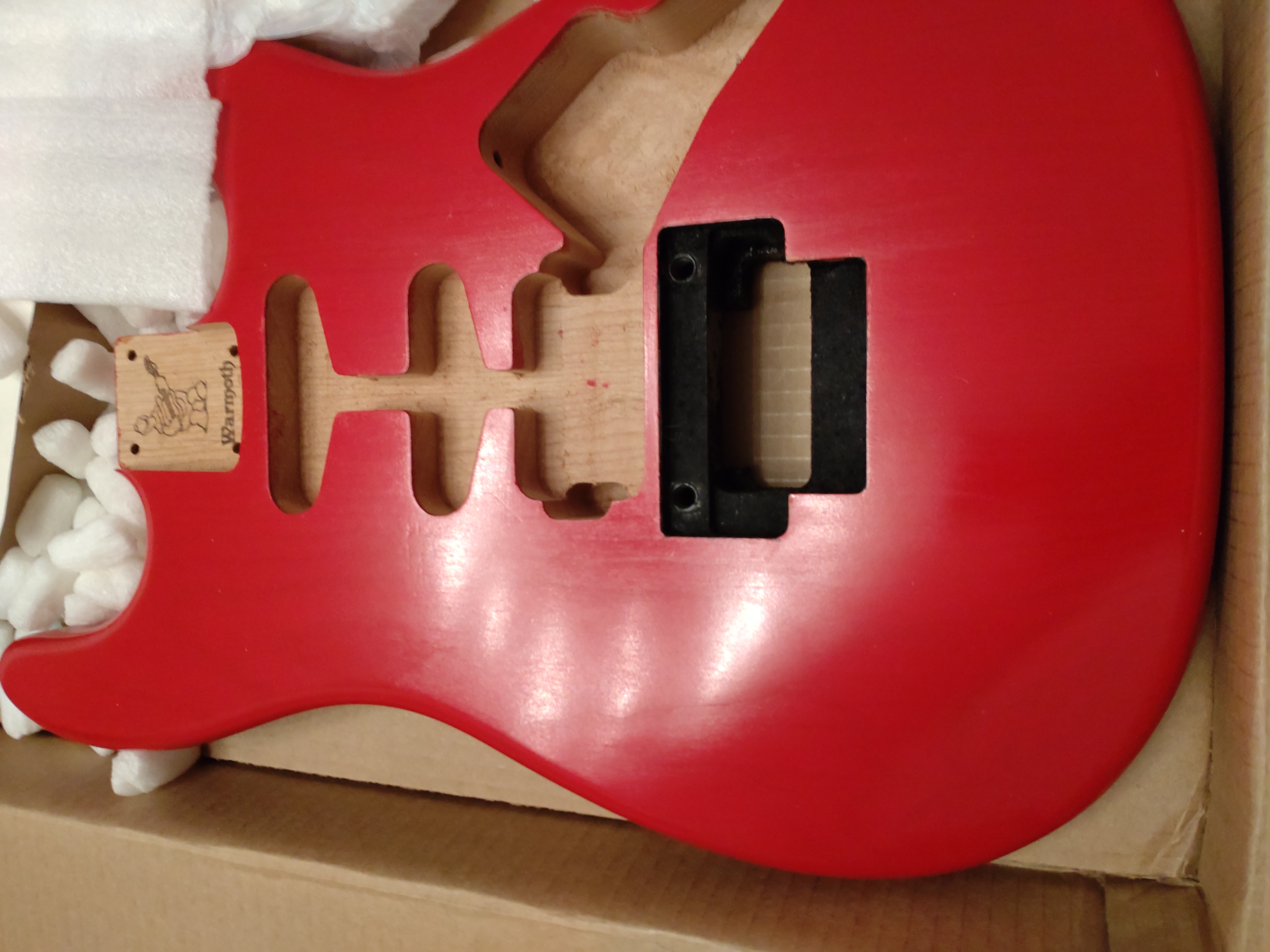mysticaxe
Junior Member
- Messages
- 45
I'm planning for a new build and thinking of a transparent finish on swamp ash (which I'll finish in Tru-Oil). One of the key aspects of my concept requires fairly crisp lines with different colors on the front of the guitar (like stripes). I'd like to minimize bleed as the two colors won't really mix well (and wouldn't work for what I want). I've seen videos where people take an exacto knife to cut the grain along the boundary between the two colors, then tape off the edge, possibly pushing some tape into the 1/16" "channel" in the context of making Cornhole boards. Does this feel like the right way to try to do this? Should I expect issues due to using Swamp Ash (with the deep grain)?





